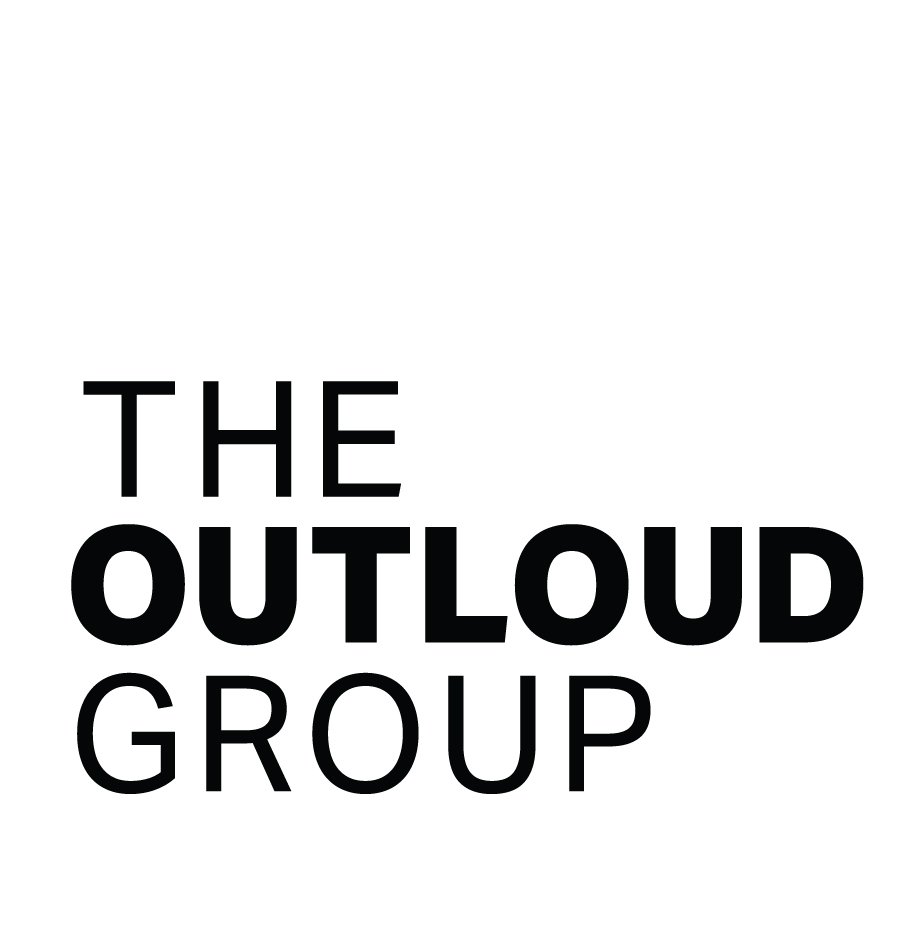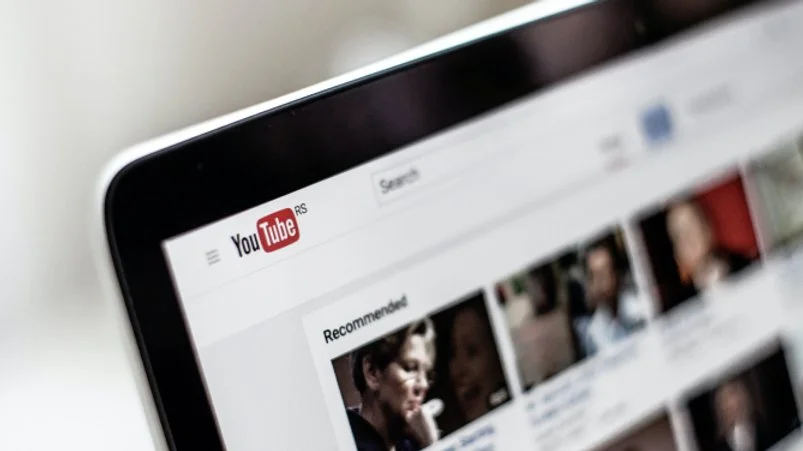How BetterHelp Uses Influencer Marketing on Youtube: A Campaign Breakdown
From your favorite life coach's channel to the wellness vlogger you've recently subscribed to, it's almost impossible not to encounter a BetterHelp sponsored ad on YouTube these days.
With 1900+ videos launched in the past 90 days alone, their omnipresence on YouTube is undeniable.
Now, imagine if you could replicate this strategy to similarly propel your brand into the limelight.
Welcome to our latest strategy breakdown where we dissect the influencer strategies of major brands, so you don’t have to.
We will delve into their methodical and prolific YouTube campaigns, reverse engineering their tactics to bring you practical lessons.
Get ready to unravel the art and science of influencer marketing, equipping yourself with the tools to catapult your brand into a new realm of visibility and influence.
Let’s go.
BY THE NUMBERS
Before we get into the strategy, let’s look at the public-facing results that BetterHelp has pulled in over the last 90 days:
-- ~1,914 sponsored videos
-- ~815 unique channels
-- ~245 million views
-- ~11 million engagements [likes + comments]
Based on our internal CPM data and trends we’ve seen across channel verticals, we’d estimate they are near a ~$30 CPM 90 days from when the content is published.
Given the $30 CPM and the 245 million views garnered, we’d estimate a total campaign spend of $7,350,000 over the last three months [90-day campaign spend = ($30 CPM * 245,000,000 views) / 1,000].
WHAT CAN WE LEARN FROM THIS?
What are the key lessons we took from looking at these 1,900+ sponsored videos?
BetterHelp is increasing its quantity of campaigns.
We compared the volume of campaigns over the last 90 days against the campaign volume each quarter over the last year.
As you can see, BetterHelp has progressively been increasing its number of YouTube sponsorships quarterly for a year straight. In fact, in a year's time, they’ve more than 5x’d their campaign volume.
There are a couple of reasons that could be behind this.
First, they may be trying to increase their share of voice about their brand.
Often times this strategy is used to gain market share or improve word-of-mouth reputation.
Second, they may be testing widely so they can learn who they may want to double down with and develop bigger partnerships with heading into the end of the year and in early 2024.
In our experience, the brands that see the most long-term success spend at least $150k in their first six months, just to calibrate their program. The more testing the quicker a brand can identify their top performers.
This investment ensures a good mix of creators and a higher likelihood of finding a good signal among the noise.
It provides more clarity on what niches to expand in and which creators to negotiate longer-term deals with.
They think outside the box with influencer fit
The second thing we noticed was that BetterHelp wasn’t just sponsoring well-known mental health creators. They were sponsoring folks across a variety of genres and niches like entertainment/comedy, science & tech, and health & fitness.
This is noteworthy because each type of creator can bring a different angle on how to talk about BetterHelp.
This allows you to not only test verticals that might be a good fit for your brand but also allows you to discover messaging that might resonate with your audience.
We’ve seen many instances where a creator picks up on an overlooked benefit or feature and highlights it to their audience and it turns into a central talking point in future campaigns due to the results that it drives.
They’re flexible with the placement of the integrations
Once again, the placement of the integrations could be part of the testing process.
In our review, we saw many integrations in the first few minutes but surprisingly, we saw a number of them that were anywhere from 30 to 50 minutes into a video, and others that were even at the end.
And while it’s not a hard and fast rule, what we’ve seen is that the further into a video that an integration occurs, the more engaged the audience typically is, and therefore more likely to take action.
That said, the best placement really depends on the content, audience, and how the message is presented. A skillful integration in the middle might be the best balance, but it requires a thoughtful approach.
A jarring interruption can alienate viewers, while a carefully integrated sponsored integration that feels like a part of the content can make the advertisement feel like a natural part of the experience.
That means that the fact that these BetterHelp integrations are all over the place suggests a couple of possibilities.
The goals are different for each
The creators were given the freedom to decide how and where to best integrate for the best results
There are a few consistent talking points, but plenty of variety
The next thing we noticed, and this is key, is that the integrations had some consistent elements, but there was still quite a large range of unique elements of the integrations.
The most common thing we found in common was that the sponsorship was clearly disclosed. This is an FTC rule so it makes sense that this would be included everwhere.
Beyond that, we noticed that many (though not all) of the campaigns used screenshots when talking about the app. This is something that we often see with our app-based clients, especially when it comes to unfamiliar brands.
In addition, we saw these themes:
Creators almost always led with the brand name
They often cited impressive stats up front like “world largest”, “100% online”, or “largest network of therapists”, etc.
They frequently noted the key challenges or pains that their audience likely has and how BetterHelp directly solves those problems.
They spoke about how BetterHelp also solves common problems their audience has with the competition.
From a messaging standpoint, this is interesting. In short, they’re suggesting that there’s safety in numbers and that they can be trusted because so many others do. Additionally, the creators are helping to highlight where BetterHelp stands out, removing reservations consumers might have, and helping differentiate BetterHelp from others like them.
They use a consistent offer across all campaigns
The final element we explored was the offer.
We noticed that regardless of differences in the messaging elsewhere in the campaigns, the offers were consistent.
BetterHelp was offering 10% off the first month. That’s not an earth-shattering offer, but perhaps it’s enough to get someone to try it out.
And while I don’t have insight into the financials of BetterHelp and whether they chose this offer with the help of internal data, from an outside perspective, this doesn’t seem like the most compelling offer.
What I would explore is their retention data and see what characteristics lead to longer-term clients.
Is it all about finding the right therapist?
If so, perhaps they could redesign the offer to a fixed number of trial sessions to help find the right fit therapist for you with a money-back guarantee.
This could reduce the risk of signing up, increase the benefits to potential customers, and potentially help grow the lifetime value of the customers.
Takeaways
We’ve included a handful of our thoughts throughout this, but here’s a quick summary of our breakdown.
If you’re looking to increase brand recognition in a short timeframe, partnering with a large volume of creators can be a powerful strategy.
Testing more broadly from time to time can be a smart way to identify new creators who perform well with you and with whom you could negotiate longer-term deals.
Don’t limit yourself to creators in straightforward verticals. Think creatively about other verticals where your target audience might be hanging out. You might be surprised by your findings.
Give your creators some impressive stats to use, but also give them creative freedom around which ones to use and how to deliver them. A campaign that sounds like an honest review will resonate better than if it sounds like an infomercial.
Don’t take shortcuts with your offer. An offer can make or break the results of your campaign. Ask yourself what drives the best business results in the long run and structure your offer accordingly.
If you need help in any of these areas, we’d love to help.


